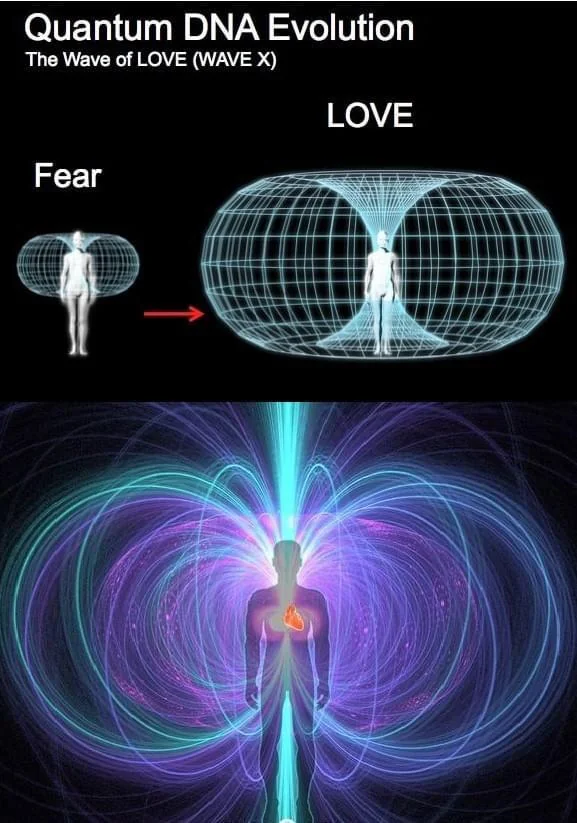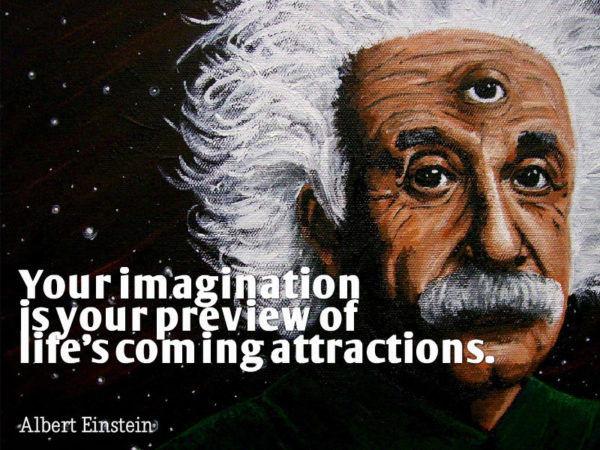What Does The Movie “What The Bleep Do We Know” Mean?
Let me tell you a little secret. Oh as secrets go this is a great one you’ll ask yourself, “WHAT THE BLEEP DO I KNOW?”
I know in 1995 I took the Hippocratic Oath I have taken very joyously, seriously, and with an overwhelming desire to find the words to embody the anguish, delight, and activations in my near death experiences. I had studied botany, religious studies, and organic chemistry after learning the fundamentals of physics before entering medical school.
It is no secret that I graduated medical school. I wore the white coat. I wrote prescriptions. I worked in clinics that smelled faintly of bleach and hope, and then in non-government agencies where the bleach budget was smaller and the hope had to stretch further. I saw every kind of medicine you can imagine — allopathic drugs, acupuncture needles the perfect length to open your Chi, Ayurvedic herbs that tasted like reset. Traditional Chinese pulse diagnosis that could apparently tell you your grandmother’s mood in 1973. And somewhere in the middle of all that, I watched people heal in ways the textbooks said were impossible. Tumors shrank when someone finally forgave their mother. Chronic pain vanished the week a woman left the husband who called her girl feelings “stupid” for twenty-three years. I started to think the most powerful pharmacy on earth might be the one between our ears.
Then I saw “What the Bleep Do We Know!?” in a half-empty theater in Los Angeles, eating popcorn that I added chocolate to help butter or better the corn, and I had what Oprah likes to call a full-body “aha.” Turns out quantum physics is even weirder — and more romantic — than falling in love on the third date with someone who quotes Rumi in a NY taxi.
Here, in one charmingly chaotic sitting, was a movie telling me that reality isn’t nearly as solid as my attending physicians pretended it was. That particles only decide to exist when somebody looks at them. That thoughts might literally restructure water. And that I — yes, me, the girl who once cried because she mixed up the Krebs cycle — could possibly choose which version of my life shows up tomorrow.
I left the theater a little dizzy, a lot in love with the universe, and absolutely certain I’d found the missing link between the MRI machine and the miracle.
The film’s big, delicious ideas (served with jelly-baby animation and a Polish wedding polka that still makes me grin):
- Reality isn’t fixed until it’s observed. “Quantum physics calculates only possibilities… Who/what chooses among these possibilities to bring the actual event of experience? Consciousness must be involved. The observer cannot be ignored.” — Amit Goswami, Ph.D.
- Your brain doesn’t always know the difference between what’s happening and what you’re vividly remembering (or imagining). “Your mind can’t tell the difference between what it sees and what it remembers.” — Joe Dispenza, D.C.
- We filter reality through what we already believe is possible. “We only see what we believe is possible.” — Candice Pert, Ph.D. (She also told the story of Native Americans who literally couldn’t see Columbus’s ships anchored offshore because giant boats without paddles were outside their belief system. I think about that every time I can’t find my keys that are literally in my hand.)
- Thoughts and emotions aren’t just “in your head” — they’re chemicals, they’re frequencies, they’re information that literally reshapes the molecules of your body. Candice Pert discovered the opiate receptor, which means she basically discovered that your body is a giant pharmacy run by your feelings. She said: “The chemicals that are running our body and our brain are the same chemicals that are involved in emotion.” And later: “The body is the outward manifestation of the mind.”

Joe Dispenza took that baton and sprinted into the end zone:
“We’re capable of creating a new expression of ourselves in every moment… Your personality creates your personal reality.”
And Amit Goswami, bless his physicist heart, just looked straight into the camera and declared:
“The material world is a world of possibilities, and consciousness chooses.”
Even the water was listening. Masaru Emoto’s frozen crystals (exposed to words like “love” or “you fool”) formed either snowflakes a jeweler would envy or something that looked like a hangover on ice. The caption that still echoes in my head:
“If thoughts can do that to water, imagine what our thoughts can do to us.”
So here I am — former conventional doctor turned full-time energy medicine devotee — telling you that every healing tradition I’ve ever touched works. Sometimes the pill works. Sometimes the needle works. Sometimes the prayer works. Sometimes the unforgiveness you finally release works better than all three combined.
Because at the quantum level, they’re all doing the same thing: they’re shifting information. They’re changing the field. They’re helping consciousness choose a different possibility.
And you, darling — yes, you, reading this while your toes notice your pose — you are the observer. You are the chooser. You are the one the particles have been waiting for.
If you’re ready to stop accidentally creating the same slightly exhausting day on repeat and start intentionally creating the one that makes your soul do the Polish wedding polka, come find me.
Let’s turn your “What the bleep is happening to my life?” into “Oh my God, look what I just made happen.”
With love, quantum physics, and a side of irreverence.
Keep reading, you are getting to the heart of the secret.
Dr. Sarah Larsen

Medical Intuitive | Energy Healer | Former White-Coat Wearer Who Now Knows Epigenetics & Your Wholeness | Minister of all Faiths
P.S. Want to go deeper? Join my newsletter (the one that lands in your inbox like a love note from the universe) ask here: https://drsarahlarsen.com/contact/
YouTube | LinkedIn | Instagram | Miracle Makers Podcast | Miracle Makers Academy

When a movie gets rave reviews as a mind-blowing flick about quantum physics, it’s worth checking out.
And if you’re a modern thinker you’ll know for a fact that quantum physics is wacky stuff.
So enjoy the film’s Gabor sister channeling a warrior spirit from Atlantis.
Will you imagine yourself doing the wedding Polka dance — there’s just not enough Eastern European folk culture in contemporary film.
What the Bleep Do We Know draws heavily on the role of the observer in quantum physics.
Is the secret becoming more clear to you?
“Our brain receives 400 billion bits/second of information, but we’re only aware of 2000 bits/second. Reality is happening in our brain all the time — we’re receiving it but it’s not being integrated.” Andrew B Newberg, (MD, Radiologist), in What the Bleep Do We Know?
Yes, the idea that you are only ‘aware’ of a fraction of your brain’s activity is both correct and a huge relief.
What could be worse than being aware of every tiny detail that your brain handles — from phosphate levels to heart rate and hair growth. It’d be like being the CEO of a massive company and having to listen to what every single employee was doing every minute of every day. Staff meetings are tedious enough — give me a conscious mind with a decent filter device any day.
Your subconscious brain is doing really interesting stuff and are you missing out? If only you could be an even better master of your destiny by becoming aligned.
“We only see what we believe is possible — Native American Indians on Caribbean Islands couldn’t see Columbus’s ships [sitting on the horizon] because they were beyond their knowledge”
Dr. Candace Pert, in What the Bleep Do We Know?
About us not seeing things in front of our eyes if we’re not looking for them. A classic experiment on visual processing involves asking people to watch a video of 6 people passing a basketball, and press a button every time a particular team has possession. Invariably only about half the people tested ever notice a woman in a gorilla suit walking across the middle of the screen during the game.
About Your Mind Affecting Reality:
‘I’m taking this time to create my day and I’m infecting the quantum field. Now if (it) is in fact the observer’s watching me the whole time that I’m doing this and there is a spiritual aspect to myself, then show me a sign today that you paid attention to any one of these things that I created, and bring them in a way that I won’t expect, so I’m as surprised at my ability to be able to experience these things. And make it so that I have no doubt that it’s come from you,’ and so I live my life, in a sense, all day long thinking about being a genius or thinking about being the glory and the power of God or thinking about being unconditional love. ~Joe Dispenza
The movie gives at least two examples of experiments which have shown the power of the mind-affecting reality.
The Effect of Meditation on Violent Crime in Washington, DC.
John Hagelin, Ph.D., describes a study he did in Washington in 1992. 4000 volunteers regularly meditated to achieve a 25% drop in violent crime by the end of summer. He claims the drop was achieved. Hagelin won the 1994 Ig Nobel Peace Prize.
The power of thoughts on water
“If thoughts can do that to water, imagine what our thoughts can do to us” observed a fan of Dr. Masaru Emoto in the movie.
Dr. Emoto takes photos of crystals formed in freezing water. According to his books, water exposed to loving words shows brilliant and attractive patterns, while water exposed to negative thoughts forms incomplete patterns.

